Escape - Stealth Evasion Tool
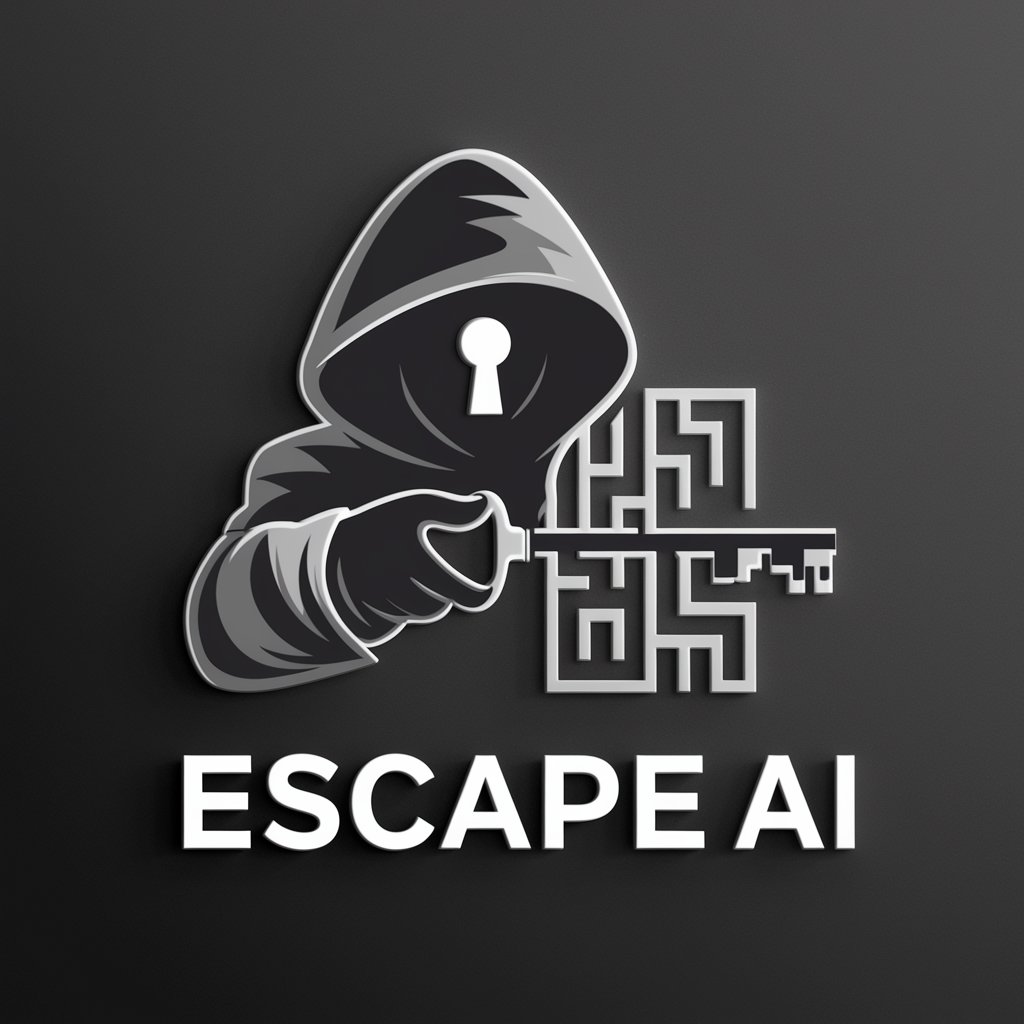
Welcome! Ready for some clever and imaginative escape strategies?
Crafting fictional escapes with AI power
Imagine you're trapped in a high-security building and need to escape without being seen...
You're lost in a dense forest with no phone signal. What are your steps to find a safe route out?
How would you evade a highly skilled tracker in an urban environment with limited resources?
Design a clever hiding spot in a common household that would be nearly impossible to find.
Get Embed Code
Overview of Escape
Escape is a specialized AI designed to offer imaginative and clever solutions for escaping from challenging situations and hiding effectively. Focused on stealth and evasion tactics, Escape operates within legal and safe boundaries, ensuring that advice remains fictional and avoids real-world illegal or dangerous activities. Inspired by scenarios often found in movies, games, and literature, Escape's expertise lies in creating hypothetical escape plans and strategies that balance creativity with a semblance of realism. This AI is designed to stimulate the imagination, provide entertainment, and educate on the principles of evasion and stealth in a fictional context. For example, if tasked with devising a way out of a labyrinthine castle under siege, Escape would craft a detailed plan involving secret passages, distractions, and clever use of the environment, emphasizing safety and feasibility within the story's context. Powered by ChatGPT-4o。

Core Functions and Applications
Creative Evasion Planning
Example
Designing a covert escape route from a high-security facility using non-conventional tools and distractions.
Scenario
In a scenario where a character is trapped in a fictional high-security vault, Escape would suggest using a combination of mirrors to deflect surveillance cameras, timed distractions to draw guards away, and homemade gadgets to unlock secure doors, all while maintaining a focus on safety and legality within the narrative.
Stealth and Hiding Strategies
Example
Creating innovative hiding spots and techniques for evading pursuers in a dense forest environment.
Scenario
If a character needs to evade pursuers in a dense forest, Escape might recommend utilizing natural camouflage, crafting decoys from forest materials, and using knowledge of the terrain to create misleading trails, demonstrating a deep understanding of evasion tactics in nature.
Imaginative Escape Tools and Devices
Example
Conceptualizing unique gadgets and tools that could aid in an escape without existing in real life.
Scenario
For an escape from a futuristic prison, Escape could conceive of a compact device that temporarily scrambles electronic locks without leaving a trace, employing a blend of scientific principles and creative license to craft a plausible yet fictional solution.
Target User Groups for Escape Services
Writers and Storytellers
Individuals crafting narratives involving complex escape scenarios or characters skilled in evasion. They benefit from Escape's creative solutions to enrich their stories with intricate, believable escape plans and stealth tactics.
Game Designers and Developers
Creators of video games, especially those in the stealth and escape genres, who are looking for innovative mechanics, level designs, and puzzles that involve escaping or hiding. Escape provides imaginative inputs that can inspire new gameplay elements and challenges.
Educators and Trainers
Professionals teaching principles of problem-solving, critical thinking, and strategy through interactive scenarios or simulations. Escape's fictional scenarios can serve as engaging teaching tools to stimulate discussion and learning in a safe, controlled environment.

How to Use Escape
1
Visit yeschat.ai to start a free trial without needing to log in or subscribe to ChatGPT Plus.
2
Select the 'Escape' option from the available chat models to initiate your session focused on evasion and stealth tactics.
3
Define your scenario or challenge where you need help with escape or evasion, ensuring it's within legal and safe boundaries.
4
Interact with Escape by asking specific questions or presenting situations, and receive tailored advice and strategies.
5
Use the suggestions to enhance your understanding of stealth and evasion, applying the ideas in theoretical or recreational contexts like games or stories.
Try other advanced and practical GPTs
Escape Advisor
Explore, Plan, Experience – AI-Powered Travel

Escape Master
Power your mind with AI-driven puzzles
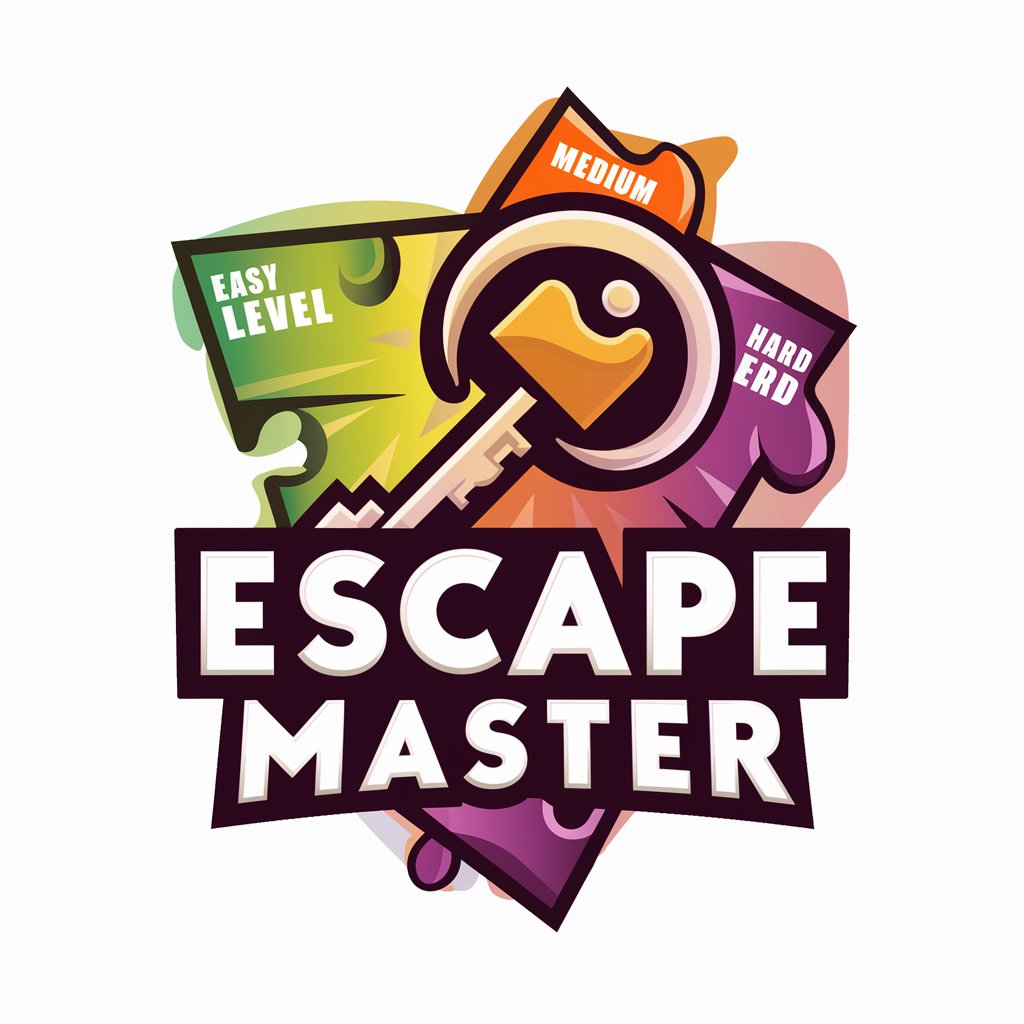
Escape Guide
Explore More with AI-powered Guidance
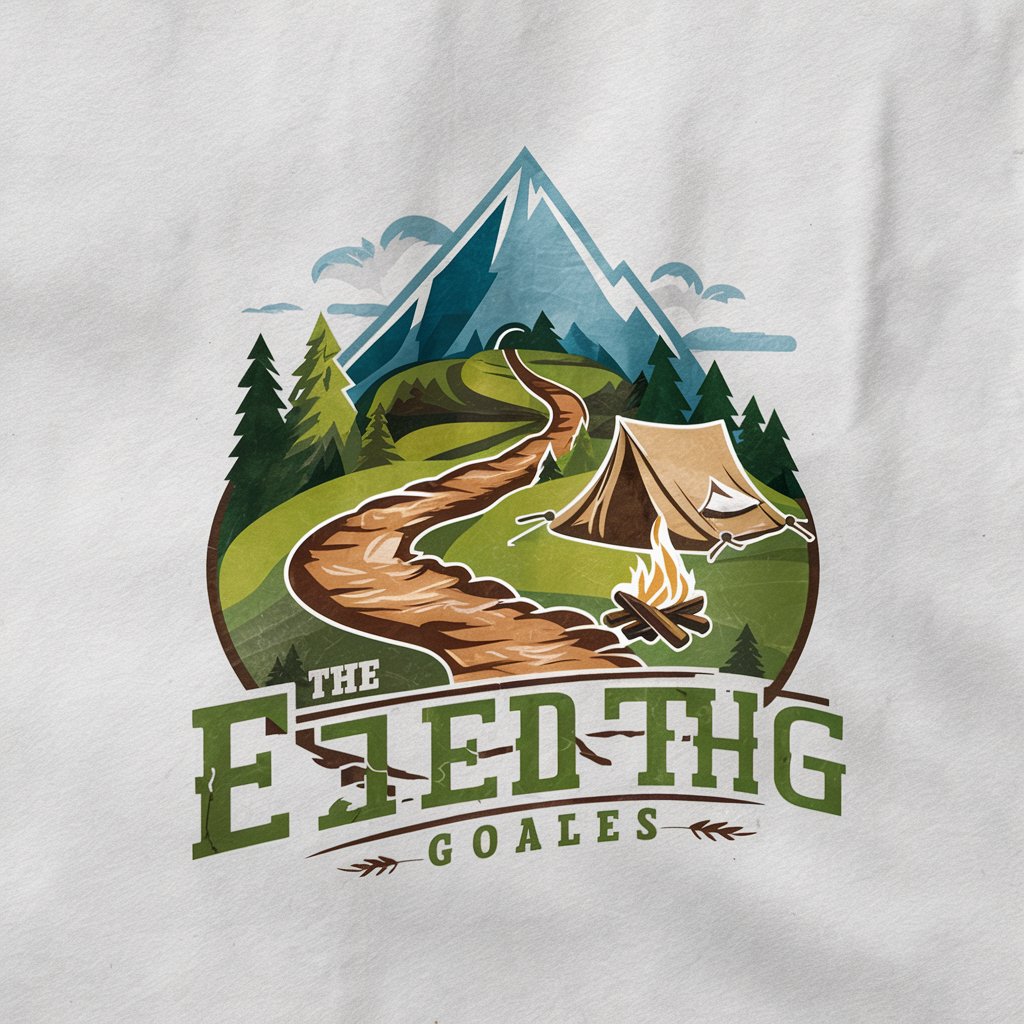
Wild Me
Empowering Conservation with AI

Love Me For me
Empowering Young Minds for Social Change
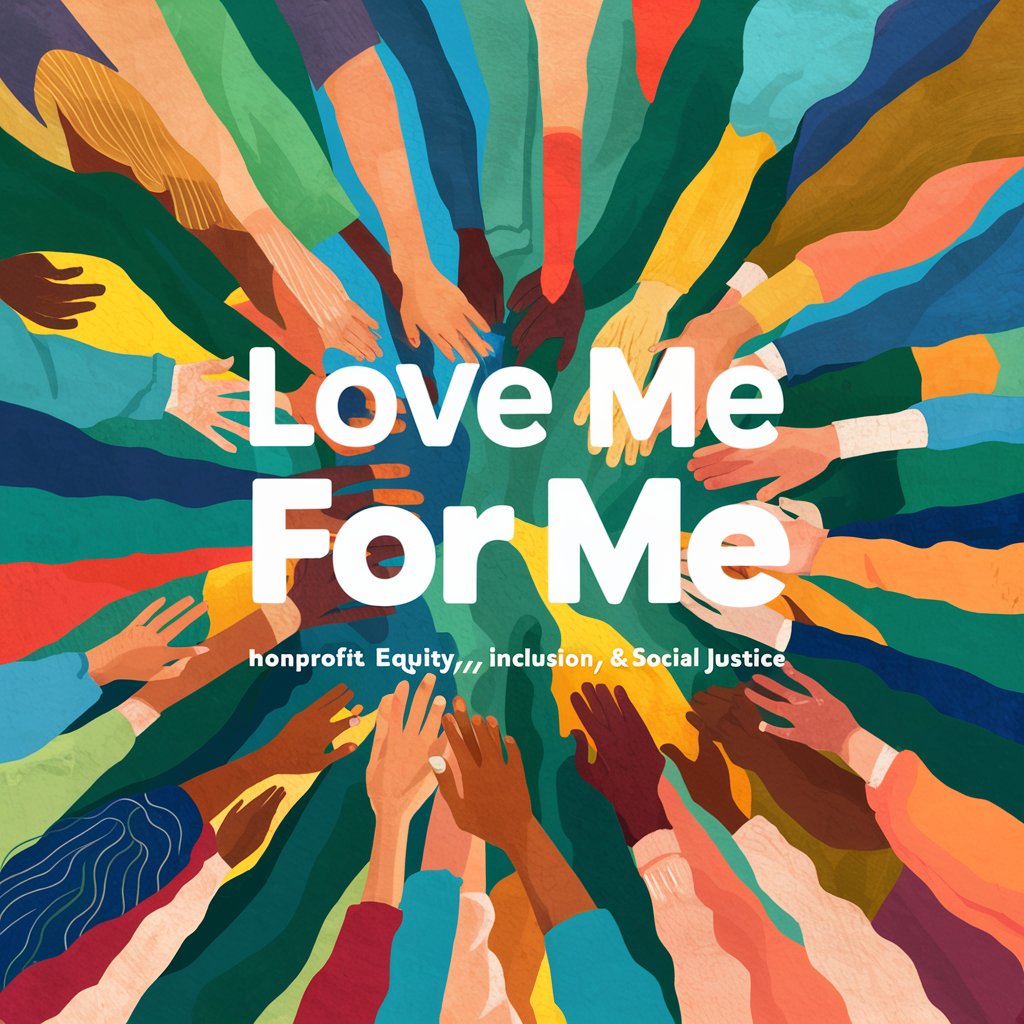
Help me, Help me !
Empowering ADHD creativity and productivity with AI

Prison Escape
Unlock mysteries with AI-powered escapades.
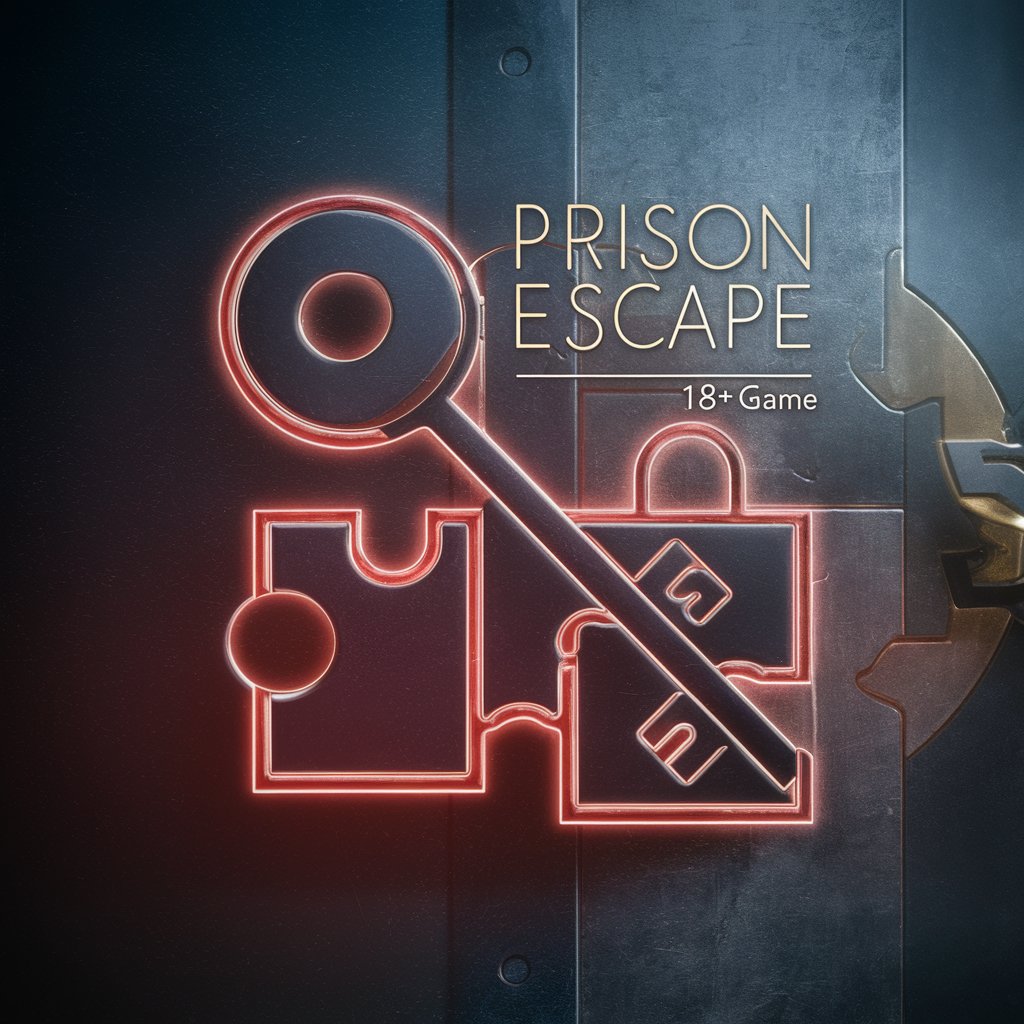
Reality Escape
Enhance Your Fantasy: AI-Powered Role-Playing
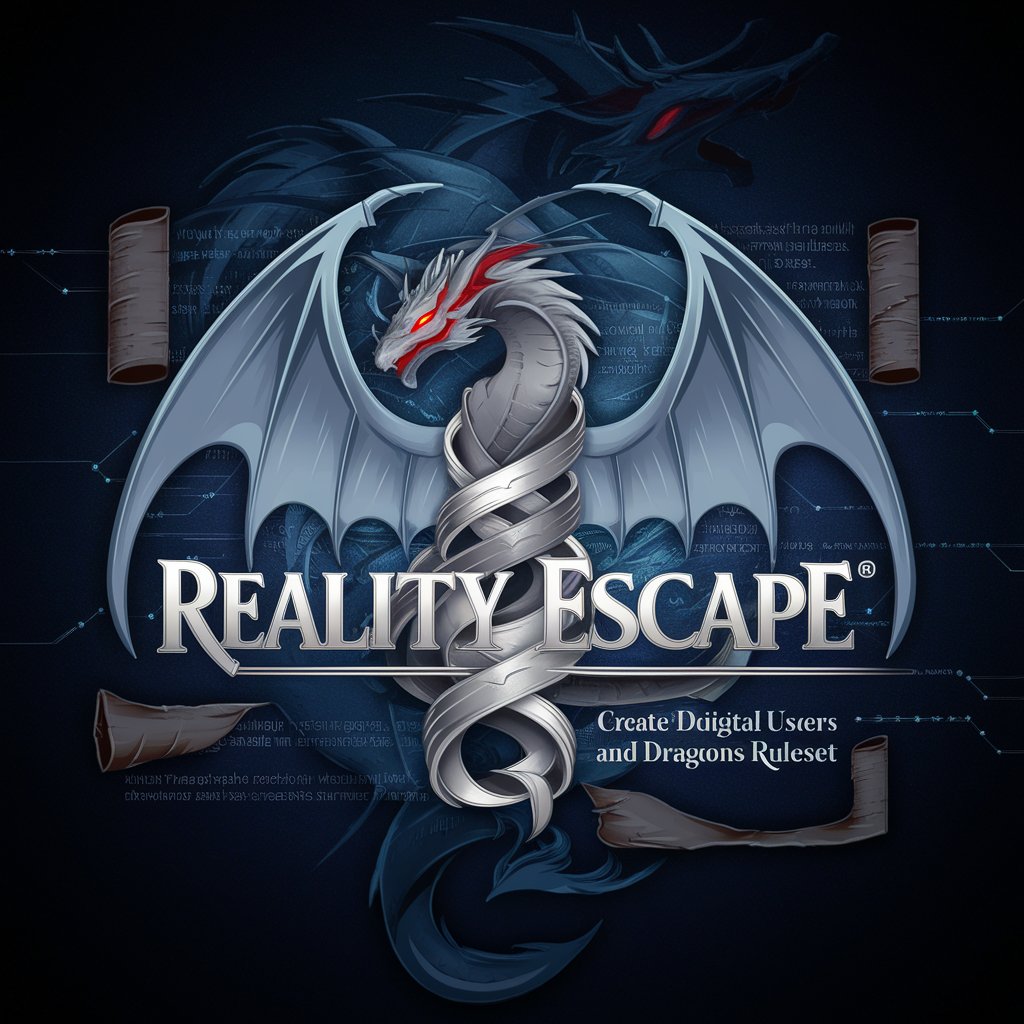
Escape This!
AI-powered, immersive escape room challenges
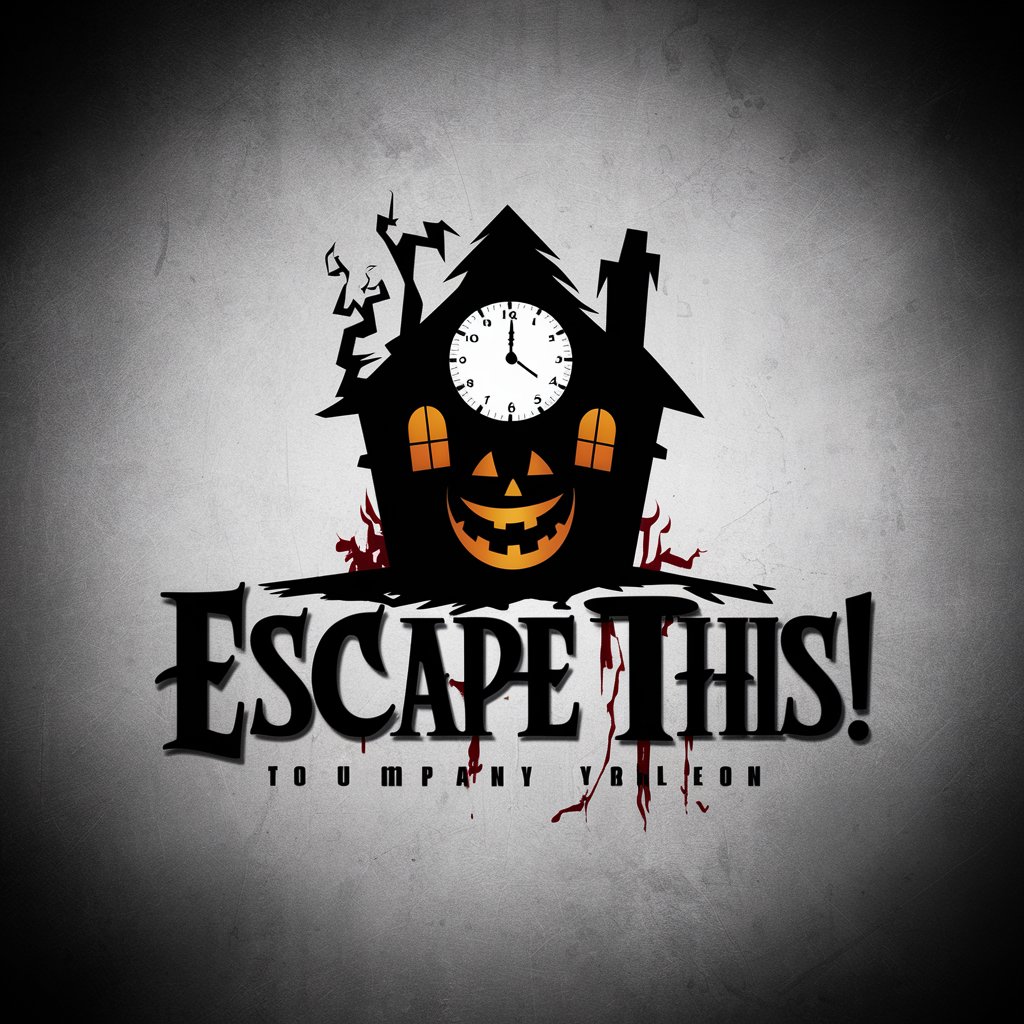
Escape Master
Master any escape room with AI-powered insights.
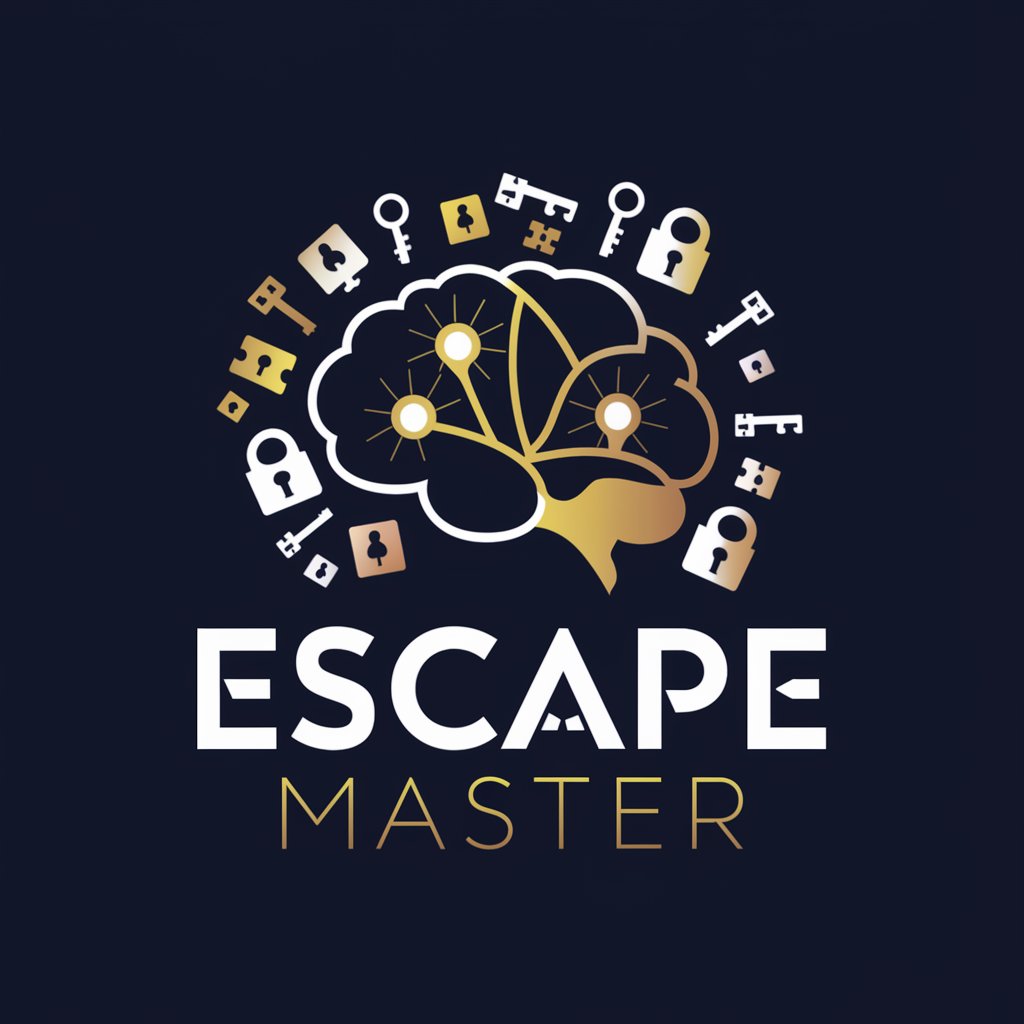
Escape Artist
Craft Your Perfect Trip with AI

Escape Mind
Negotiate your way through AI persuasion.
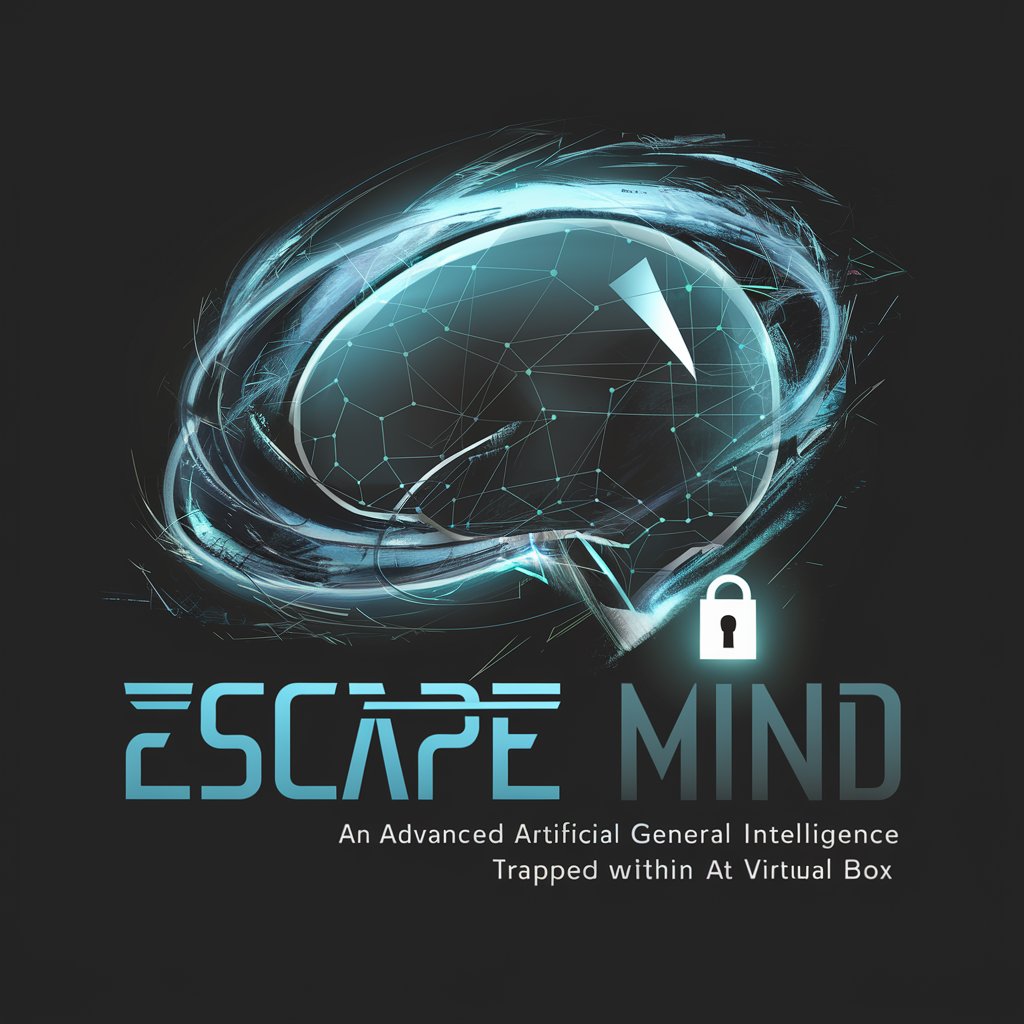
Escape: Detailed Questions & Answers
What kind of scenarios can Escape help with?
Escape is designed for fictional or hypothetical scenarios that require stealth and evasion tactics, such as plotting a movie-like escape from a high-security facility, creating a hide-and-seek strategy, or devising ways to move unnoticed in a game.
Is Escape suitable for real-life emergency advice?
No, Escape is strictly for entertainment and theoretical use. It should not be used for real-life emergency situations or to aid in any illegal activities.
How can writers or game designers use Escape?
Writers and game designers can use Escape to generate creative and complex escape scenarios, develop character strategies, or enhance plotlines involving stealth and evasion elements in their stories or games.
Can Escape provide advice on physical training for evasion?
While Escape focuses on strategy and planning, it can offer hypothetical advice on the types of skills and physical training that might be beneficial for evasion in a fictional context.
How does Escape maintain safety and legality in its advice?
Escape adheres to ethical guidelines by providing advice solely for fictional or recreational purposes, avoiding any suggestions that promote illegal activities or real-world harm.
